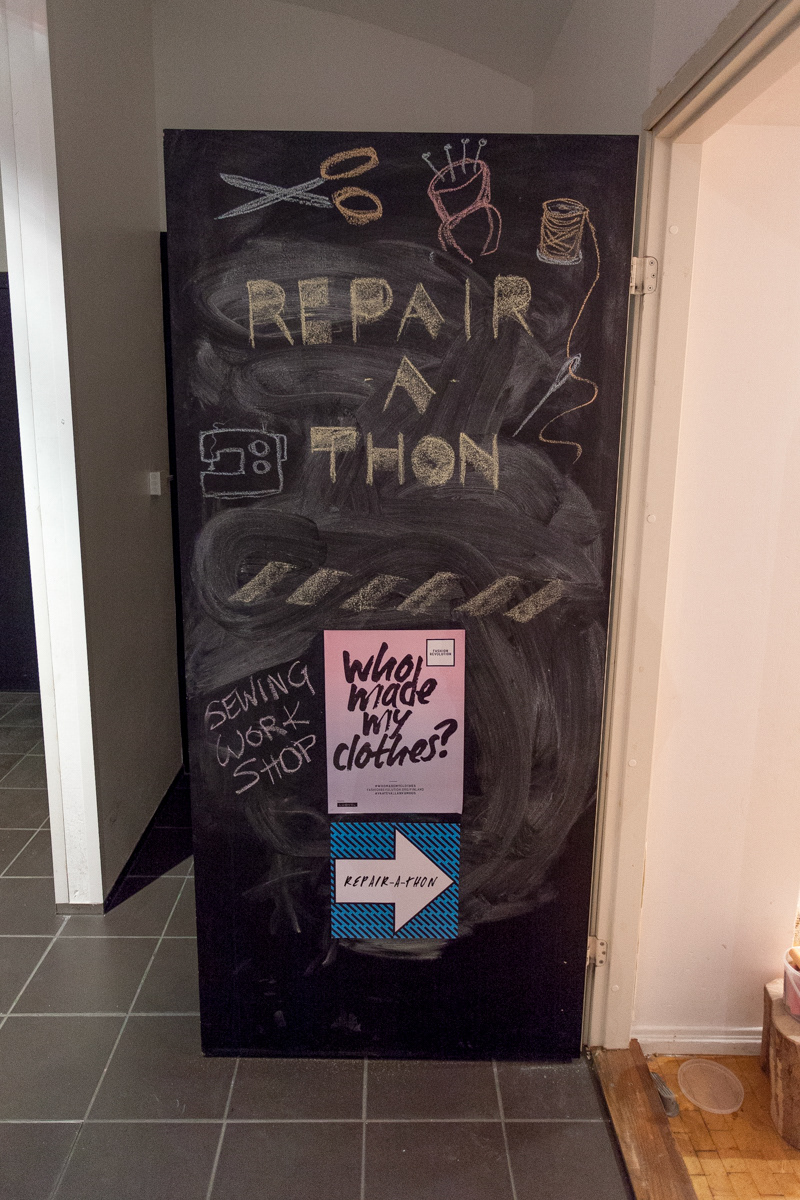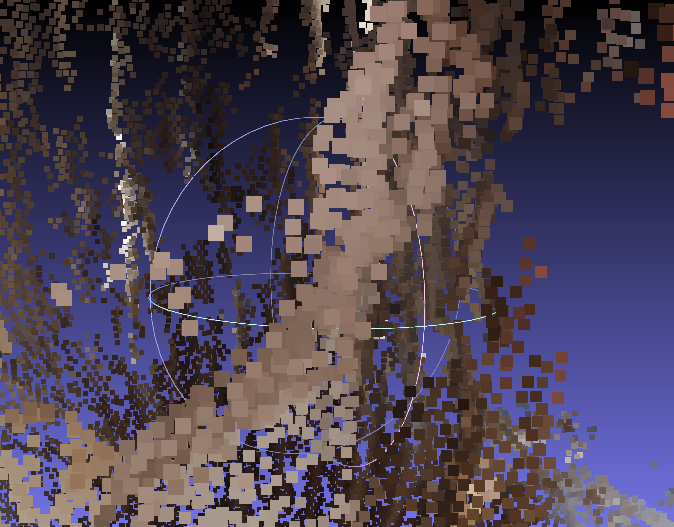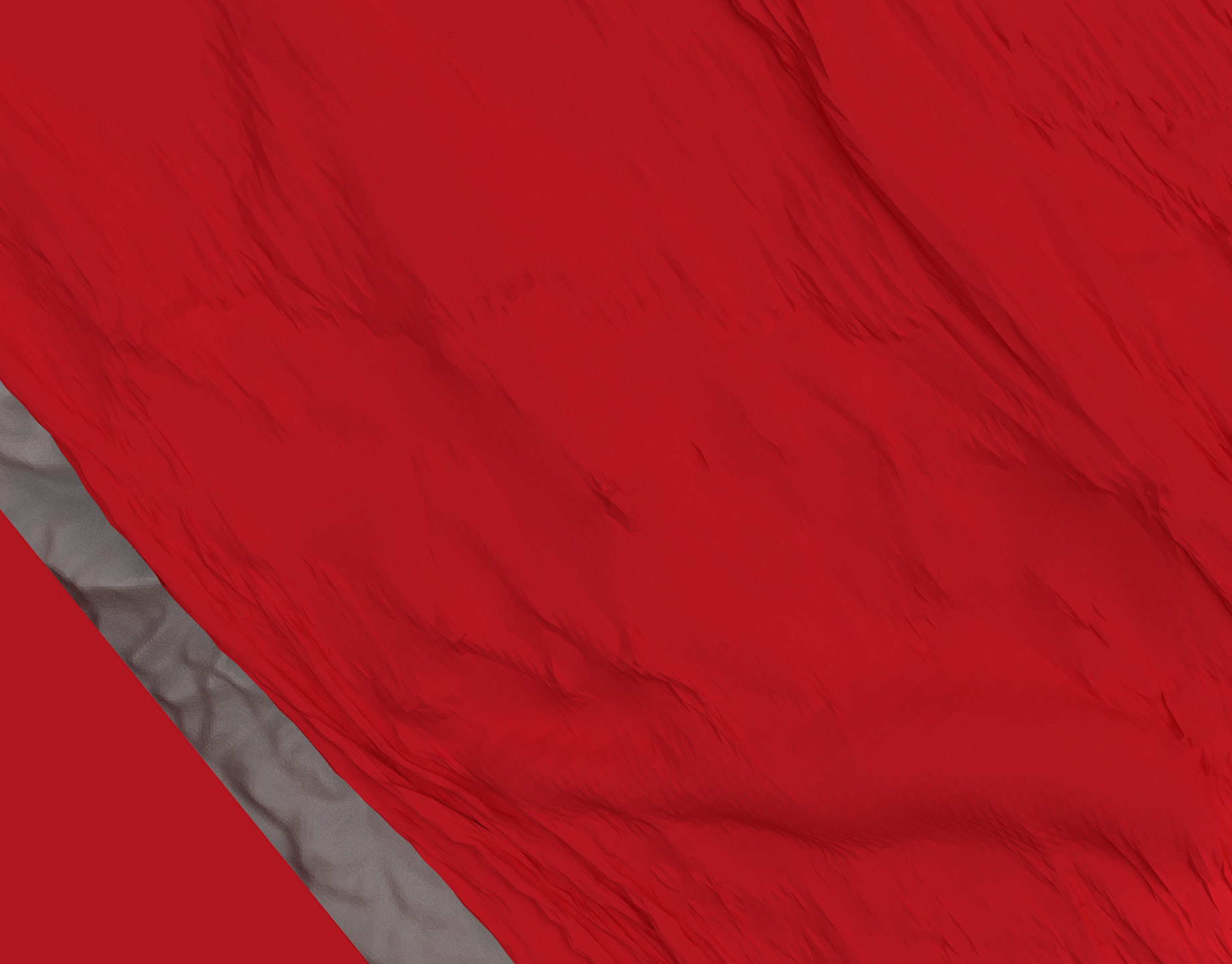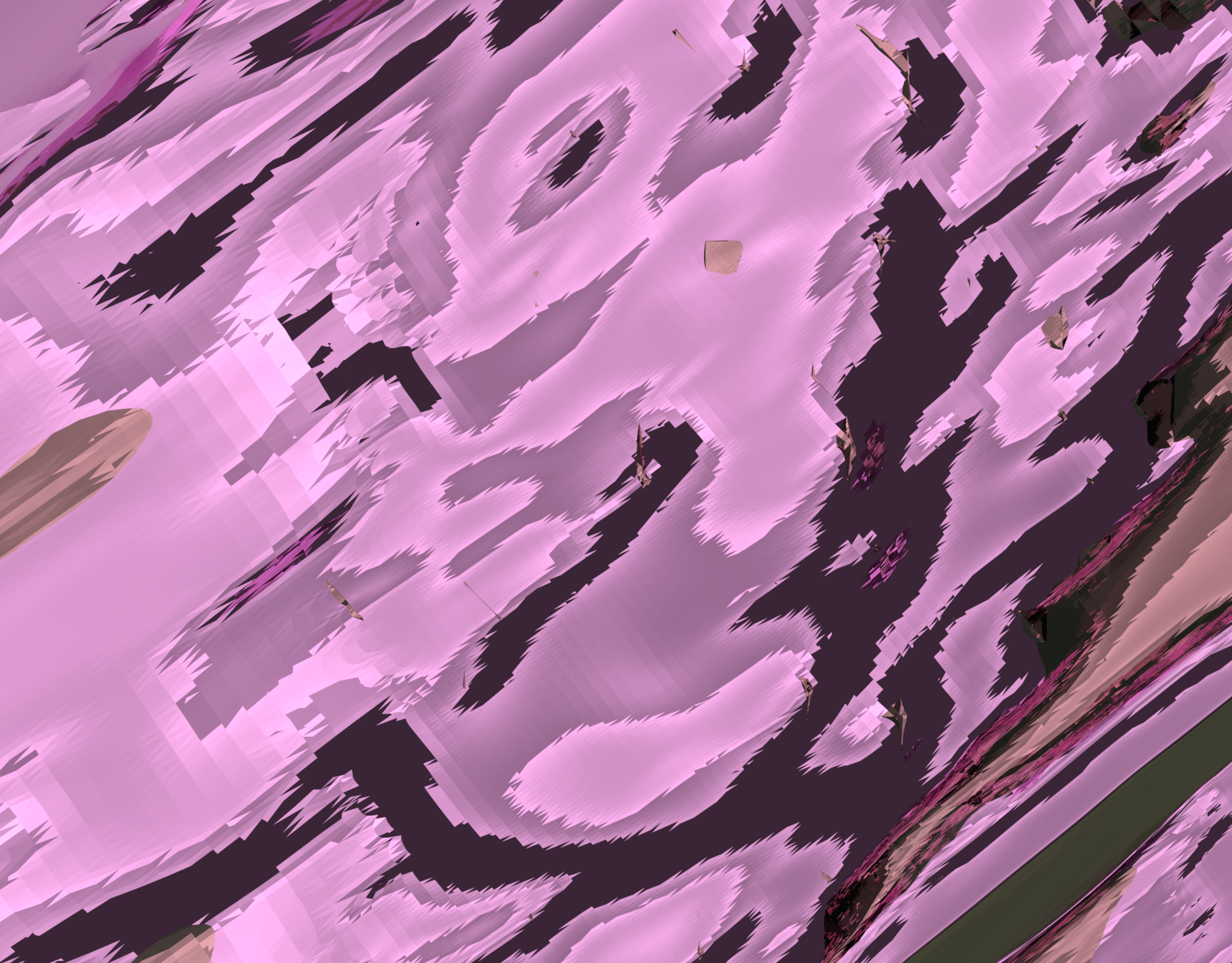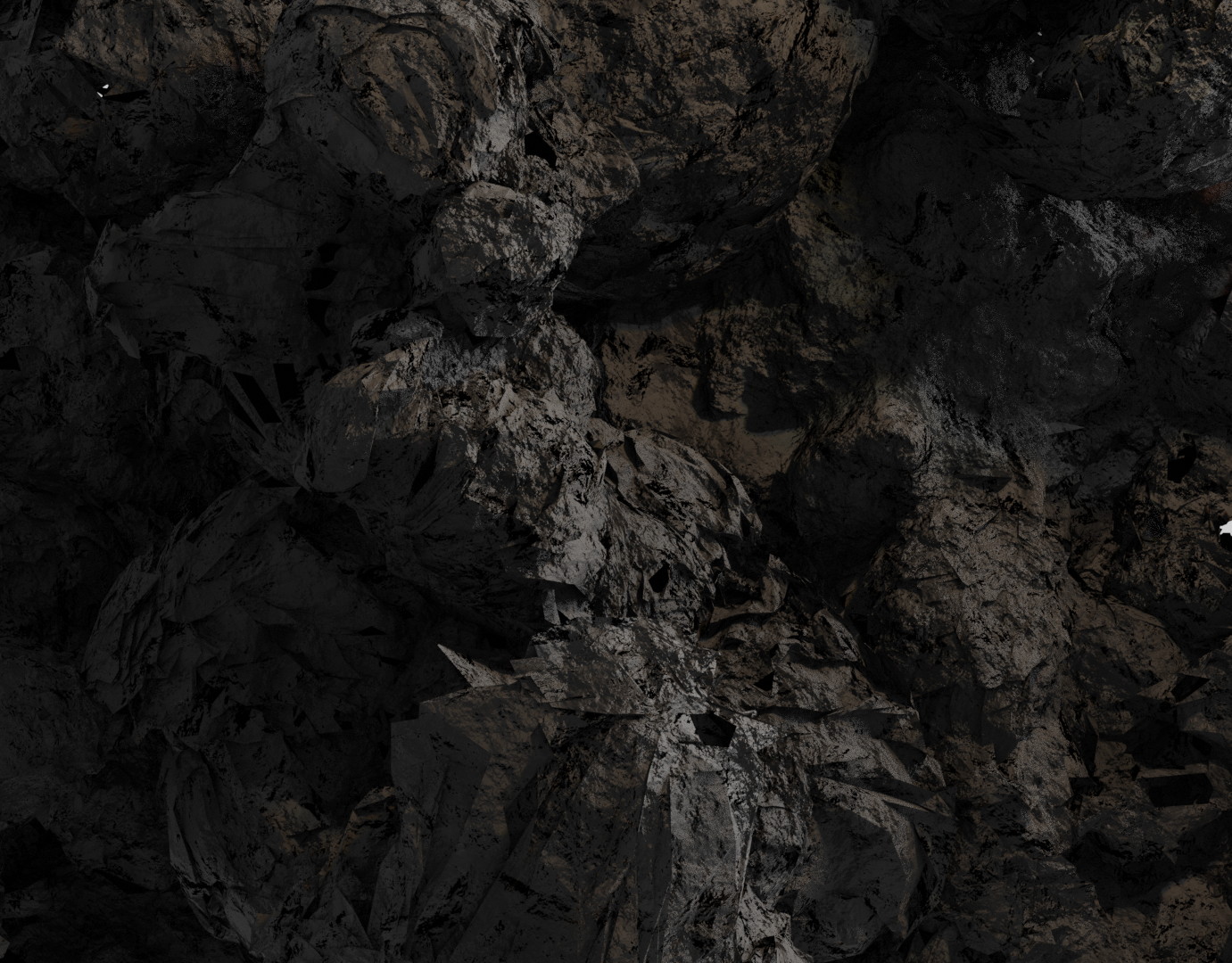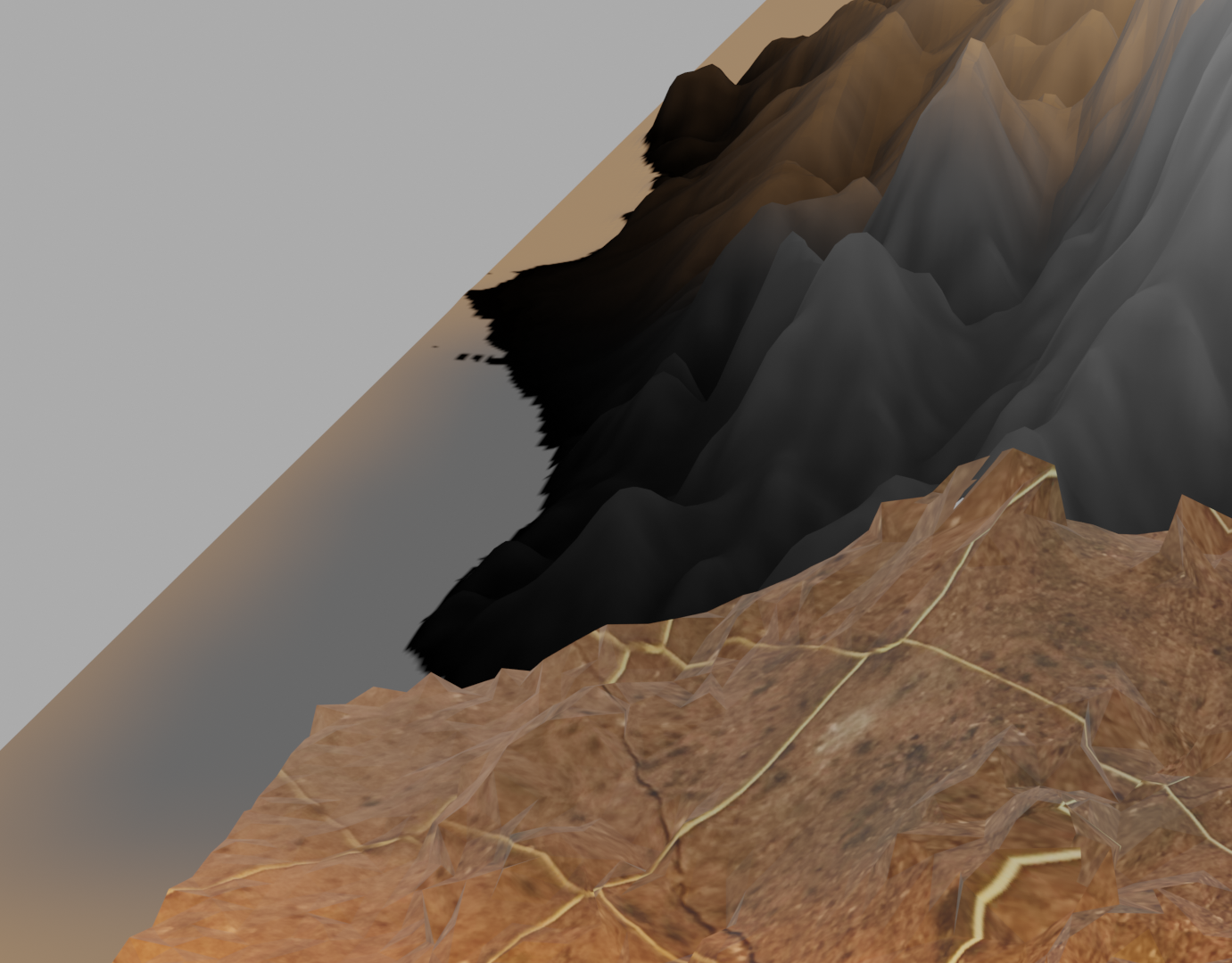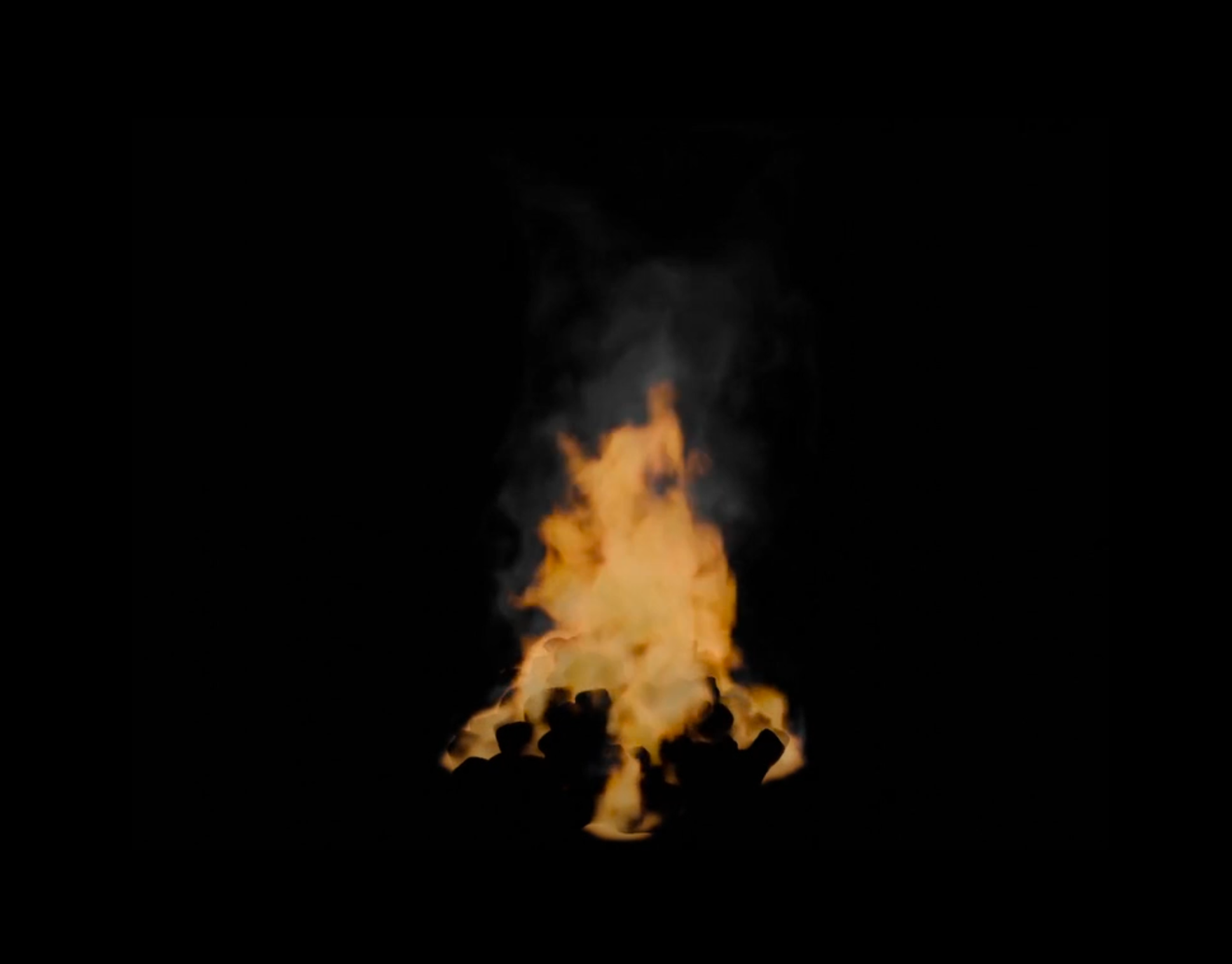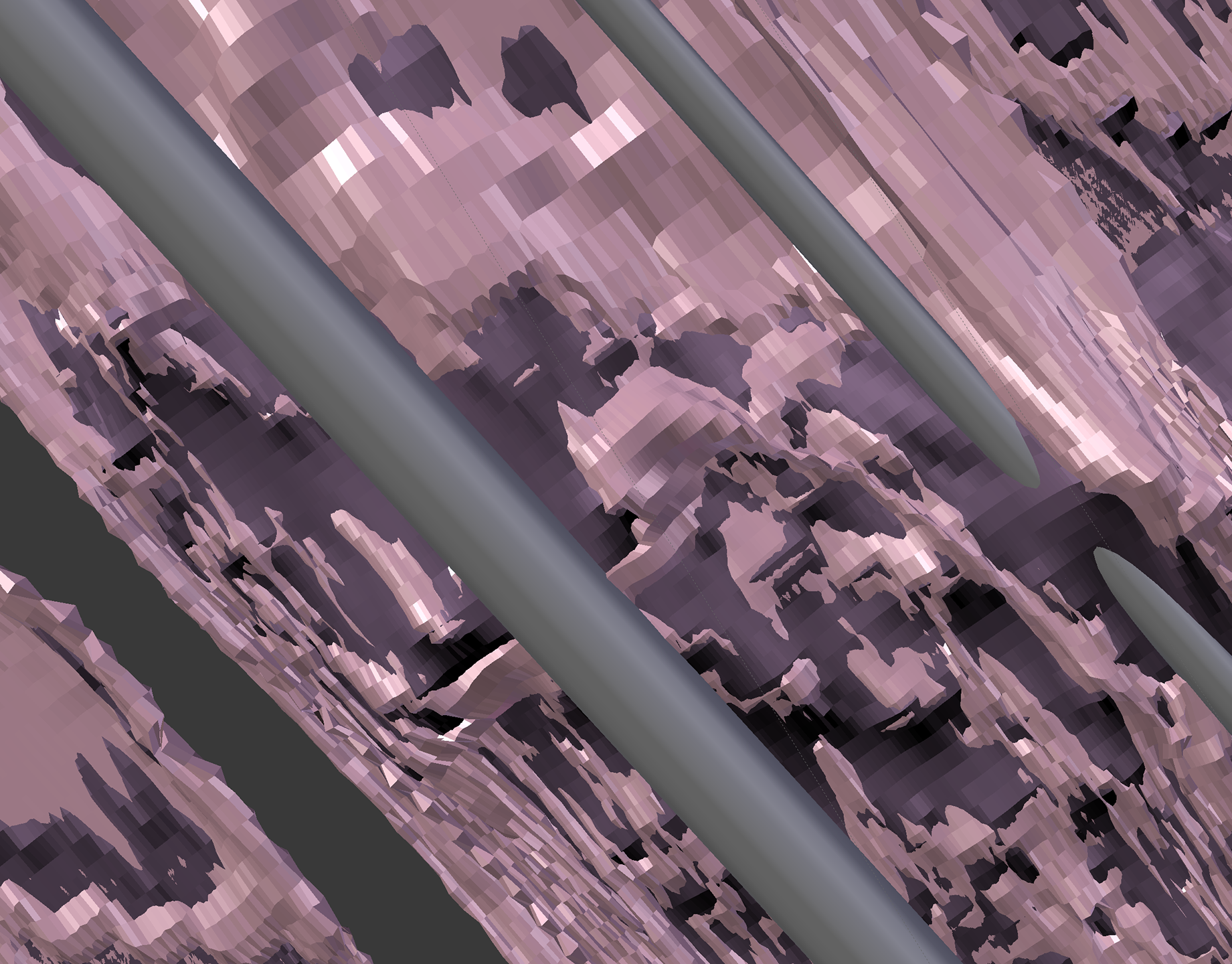Repair-a-thon at the Designmuseo goes Vaatevallankumous event (2017), Photo: Jernej Čuček Gerbec
Repair-a-thon video for Fashion Symposium at Musis (2018). Videography and editing: Jernej Čuček Gerbec

Repair-a-thon at Vestino (2018), Photo: Angela Maria Benivegna
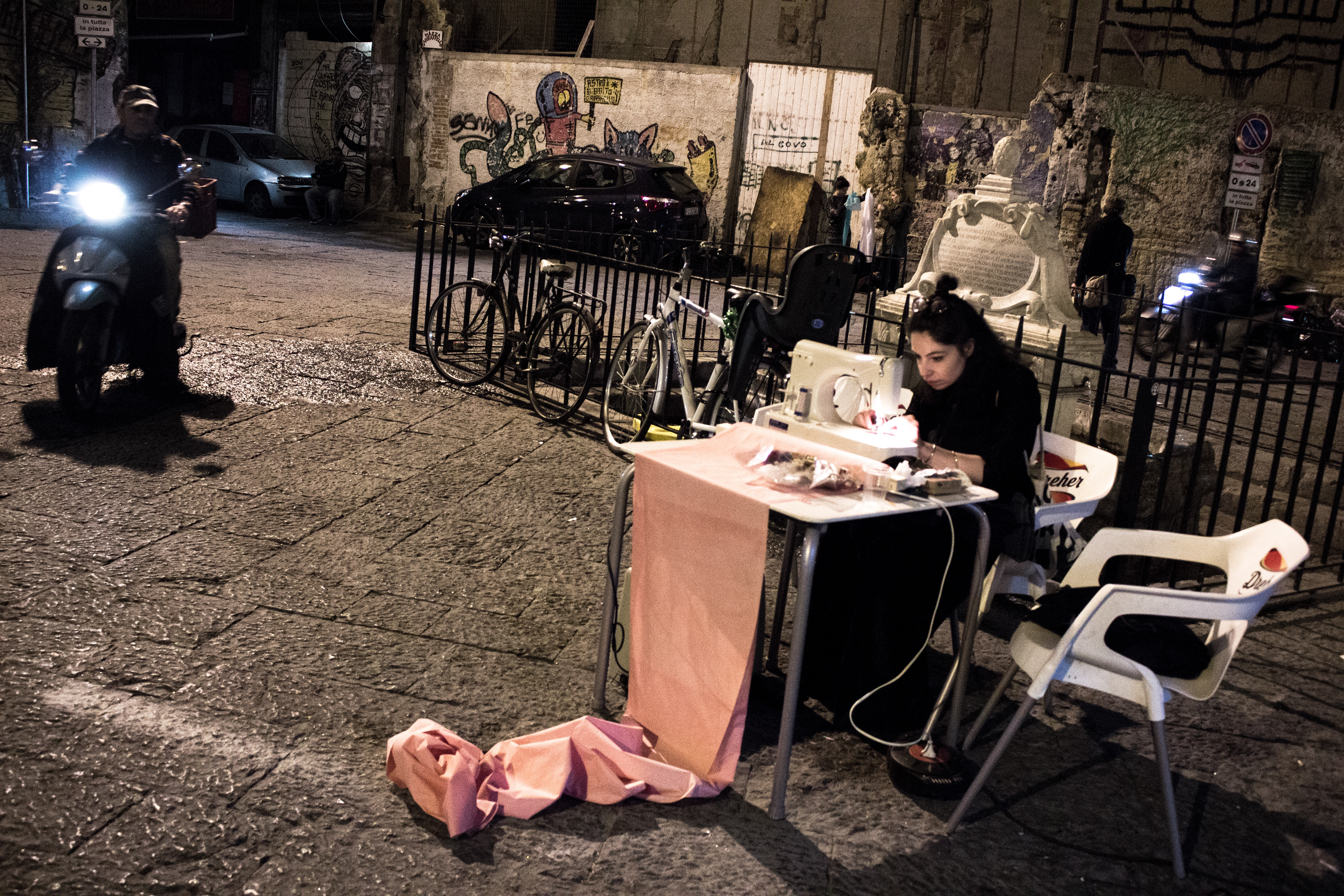
Repair-a-thon at Vestino (2018), Photo: Angela Maria Benivegna
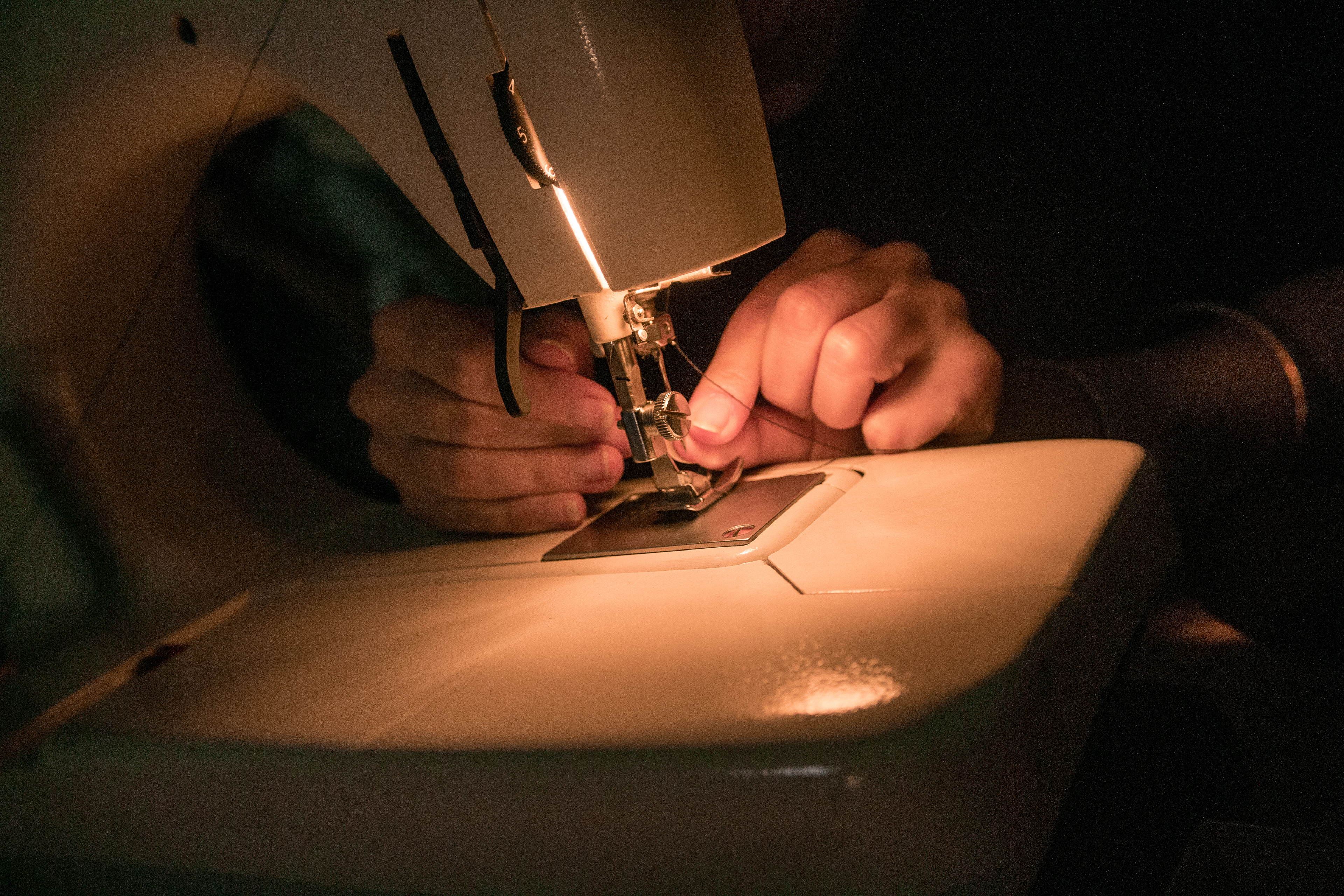
Repair-a-thon at Vestino (2018), Photo: Angela Maria Benivegna
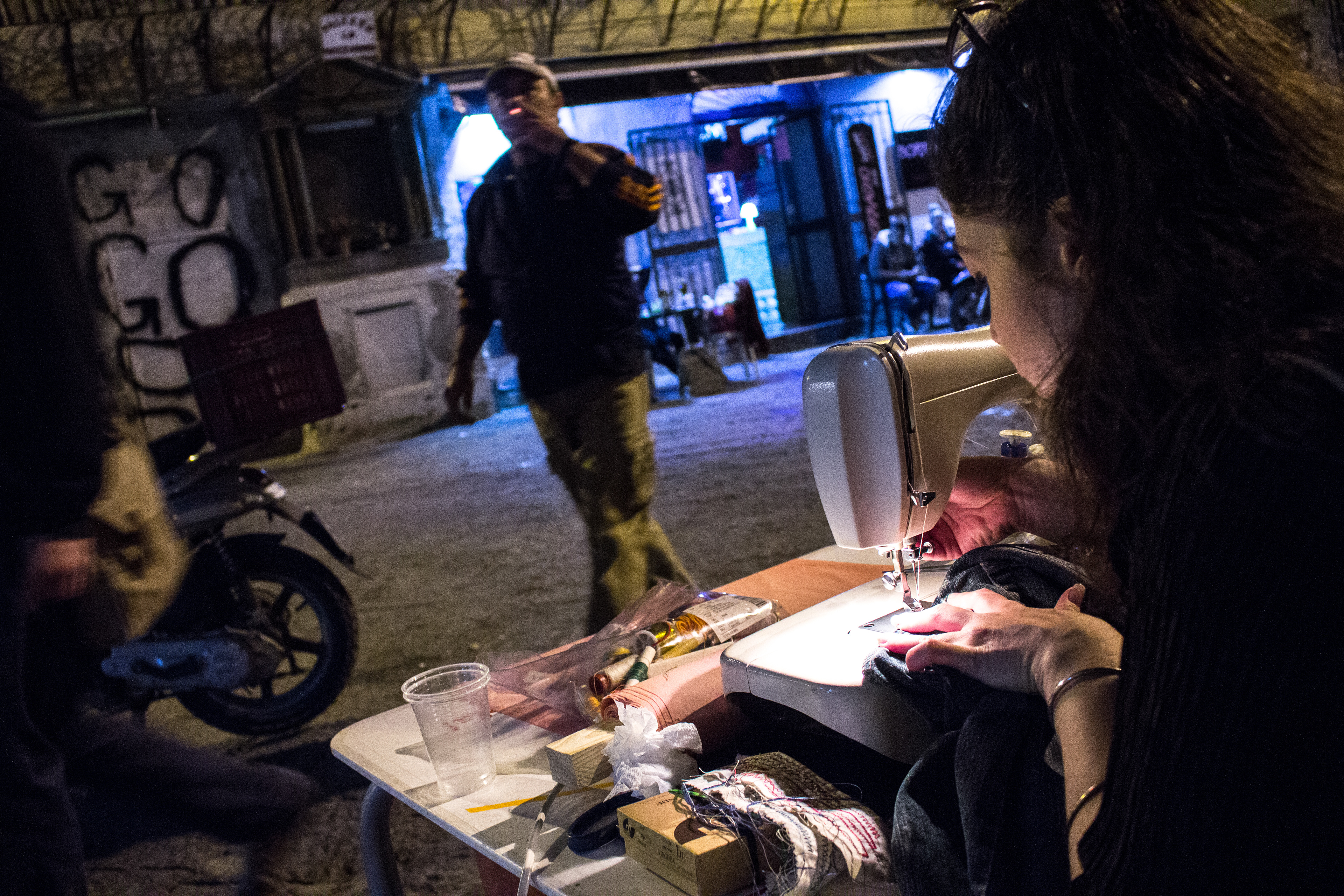
Repair-a-thon at Vestino (2018), Photo: Angela Maria Benivegna

Repair-a-thon at the Designmuseo goes Vaatevallankumous event (2017), Photo: Jernej Čuček Gerbec
